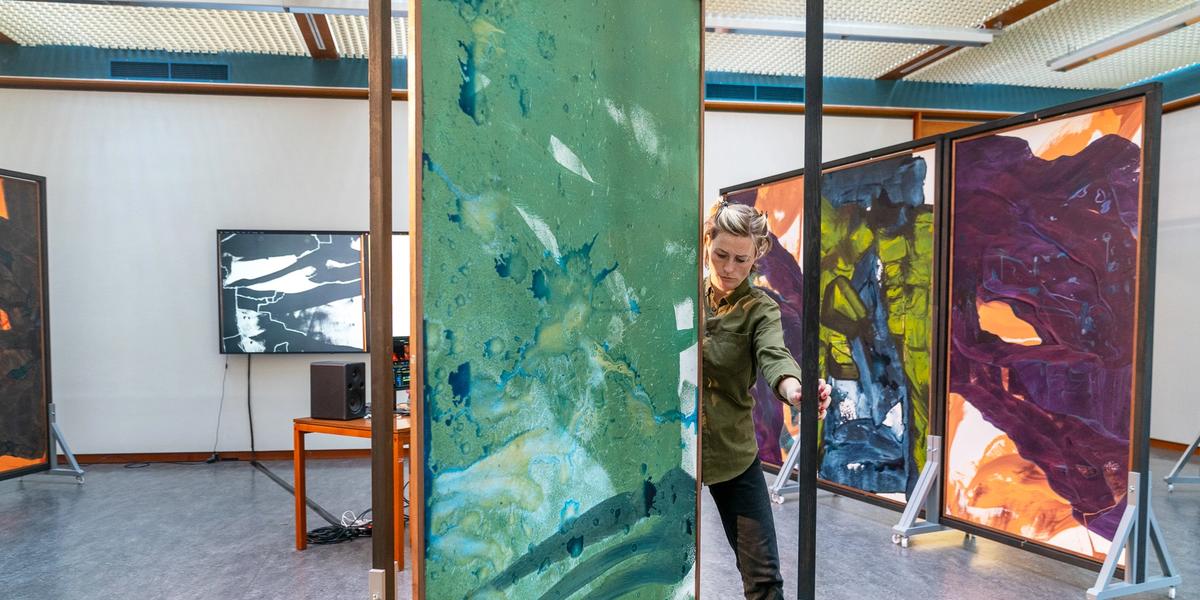
The Cory Arcangel Hack: Stepping outside the rules of engagement
Eivind Røssaak's The Cory Arcangel Hack: Digital Culture and Aesthetic Practice, recently released by MIT Press, explores the dominant arrangements in Cory Arcangel’s artistic practice. Arcangel, famed for his computational art works, has been based in Stavanger for the past decade. Below, the concluding chapter from Røssaak's book, which examines the social and political ramifications of Arcangel’s art, is reproduced in its entirety.
- EN
- 2 December 2025
- Essay
- Eivind Røssaak










